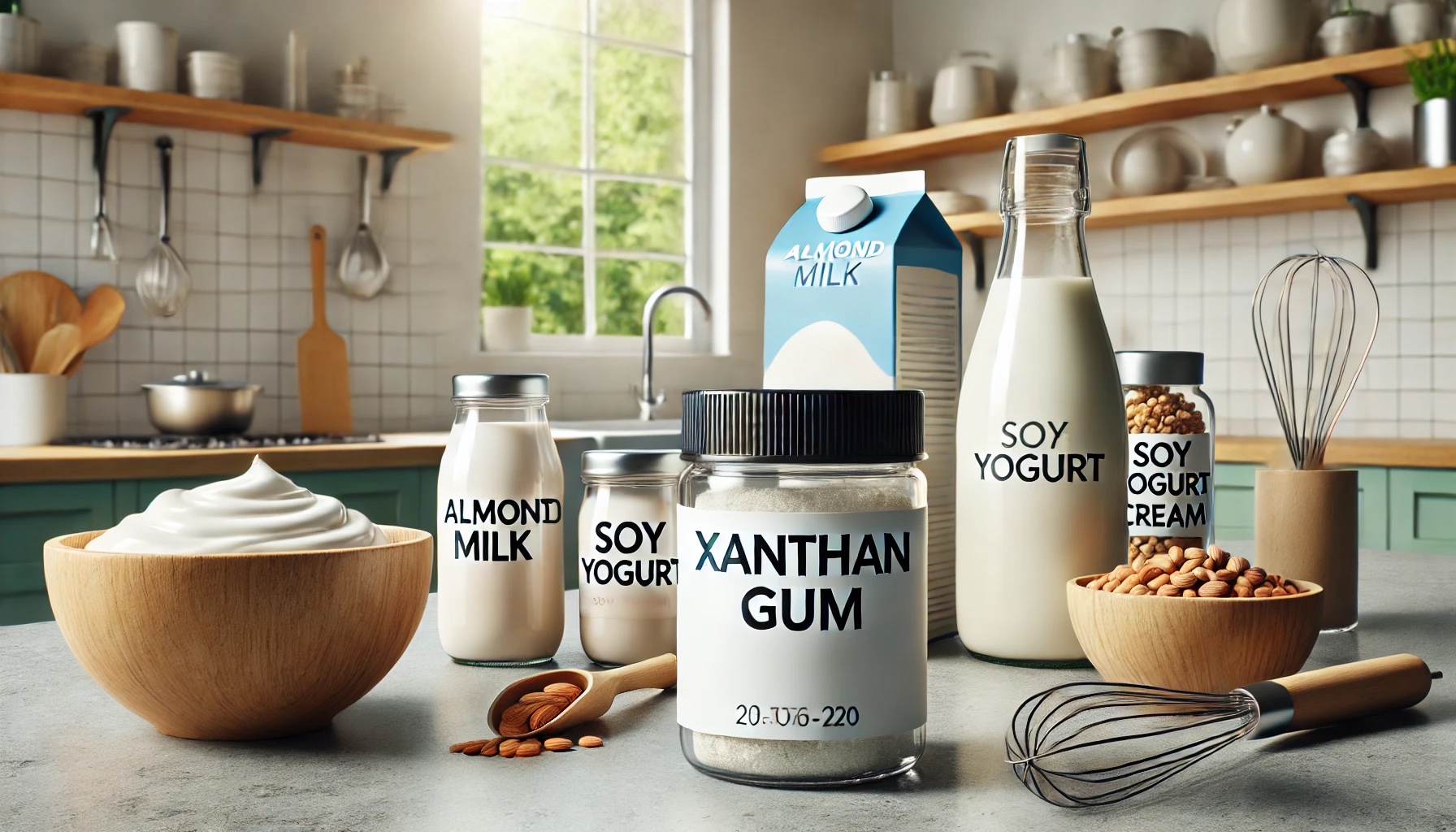Sucralose is an artificial sweetener widely used in the food and beverage industry as a sugar substitute. It is derived from sucrose and has a sweetness level of approximately 600 times that of sugar.
One key factor determining the quality of sucralose is its stability during storage. This article discusses sucralose’s shelf life and storage requirements and the factors affecting its stability.
Factors Affecting the Stability of Sucralose
The stability of sucralose can be affected by various factors. These factors can cause the breakdown of sucralose and the formation of degradation products, affecting its sweetness and overall quality.

Temperature
Sucralose is stable at room temperature and can be stored for several years. However, exposure to high temperatures can cause sucralose to break down and degrade. The ideal storage temperature for sucralose is below 25°C. When stored at higher temperatures, the sweetener can lose its sweetness, and its colour may darken.
Humidity
High humidity can also affect the stability of sucralose. Exposure to moisture can cause the sweetener to clump, affecting its solubility and sweetness. Sucralose should be stored in a dry and cool environment to maintain stability.
Exposure to Light
Exposure to light can also affect the stability of sucralose. The sweetener should be stored in opaque containers to protect it from light. Exposure to light can cause sucralose to degrade and form degradation products, affecting its sweetness and overall quality.
Shelf Life of Sucralose
Sucralose has a long shelf life and can be stored for several years. Its shelf life depends on the storage conditions and the packaging. When stored in a cool, dry, dark environment, sucralose retains sweetness and quality for up to 3 years. However, when stored in adverse conditions, the sweetener can degrade and lose sweetness within a few months.
Packaging is also an important factor that can affect the shelf life of sucralose. The sweetener should be packed in airtight containers to prevent moisture and air from entering. Exposure to air can cause sucralose to oxidise and degrade. The packaging should also be light-proof to protect the sweetener from exposure to light.
Storage Requirements of Sucralose
Sucralose should be stored in a cool, dry, dark environment to maintain stability. The ideal storage temperature for sucralose is below 25°C. The sweetener should be kept away from heat and moisture sources and not be exposed to light. Sucralose should be stored in airtight containers to prevent moisture and air from entering.
Sucralose is an artificial sweetener widely used in the food and beverage industry. The stability of sucralose is important in determining its quality and shelf life. Factors such as temperature, humidity, and exposure to light can affect the stability of sucralose.
To maintain the stability and quality of sucralose, it should be stored in a cool, dry, and dark environment and kept away from heat and moisture sources. Sucralose should be stored in airtight containers to prevent moisture and air from entering. It should be packaged in light-proof containers to protect it from exposure to light.
Say goodbye to the usual obstacles and complications that come with ingredient sourcing. EasyBuy offers unbeatable offers on Sucralose, allowing you to save time and money. With just a few clicks, you can easily purchase Sucralose in the quantity you need, without the hassle.
Citations
- Fernández-Mayorga, A., Molina, M., & Ballesteros, O. (2019). Stability of sucralose in a model beverage system under different storage conditions. LWT, 109, 196-202.
- Han, Y., Jin, Y., & Huang, Z. (2015). Effect of storage conditions on the quality of granular sucralose. Journal of Food Science and Technology, 52(5), 2762-2768.
- Kim, J. S., Hong, J. H., Lee, J. W., & Park, H. (2013). The effect of storage conditions on the stability of sucralose in beverages. Korean Journal of Food Science and Technology, 45(2), 238-243.
- Luthria, D. L., & Mukhopadhyay, S. (2012). Stability of sucralose in processed foods. Food Additives & Contaminants: Part A, 29(2), 206-213.
- Reddy, I. K., Low, N. H., & Williams, J. (1996). Stability of sucralose in bakery products. Journal of Agricultural and Food Chemistry, 44(11), 3587-3590.








